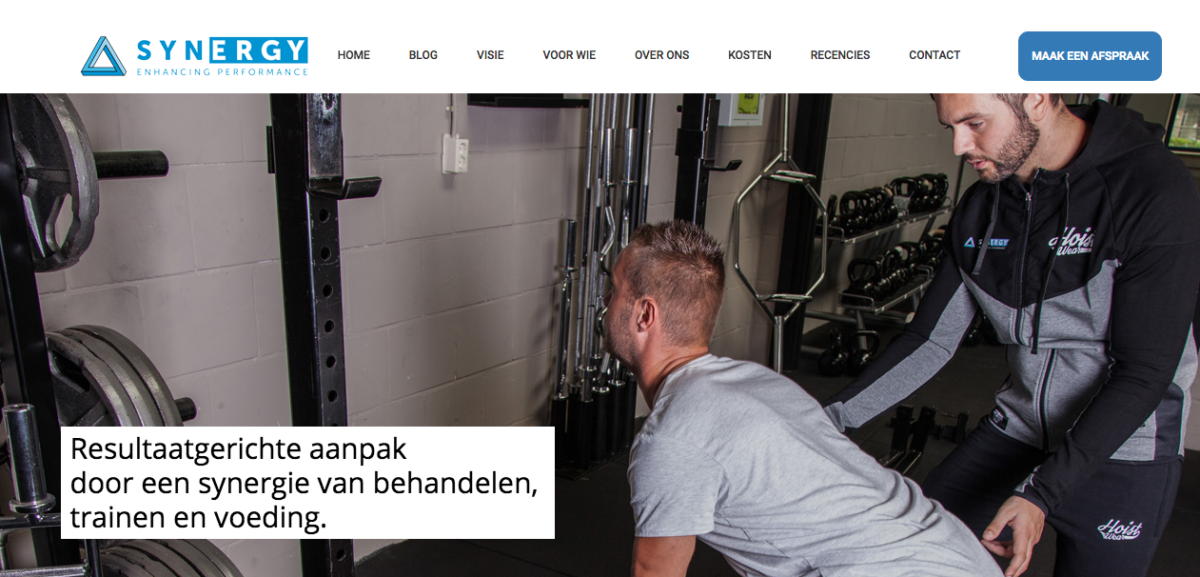Synergy Performance is a Dutch-based physiotherapy start-up owned by two partners who aim to provide two services: pain elimination and physical enhancement. In terms of their IT and Business strategies, Synergy Performance’s current problem is that their IT activities aimed at having a closer relationship with customers take far too much time, and are not as effective as the company would like them to be.
The choose a solution, theory on customer informedness, social media and business value, social media in the healthcare industry and social CRM was discussed. Afterwards, a data gathering was conducted in form of an in-depth interview with one of the partners of Synergy and a customer.
Using the information gathered from the interviews the business and the role of IT were extensively analyzed. SWOT analysis was conducted in order to gain an understanding of the company’s micro-environment. The internal and external environments are examined in order to derive strengths and weaknesses, and opportunities and threats. In addition the competitive environment of Synergy Performance was analyzed using Porter’s Five Forces. To illustrate the current alignment of Synergy Performance’s business strategy and IT strategy the Strategic Alignment Model (Henderson & Venkatraman, 1990) was used. Synergy Performance’ current alignment was categorized as the “Strategy Execution” perspective.
Next to this, the current use of IT was critically evaluated. The benefits and drawbacks of social media were mentioned. For Synergy Performance the largest drawback was that it was time consuming to be active on different types of social media channels. They had to log on to different platforms which was not efficient, especially because this is not their main value adding activity and it has to be done next to treating clients.
One of the findings in the discussed theory is that on social media a perception gap exists between what companies perceive as important and what customers actually find important. To reduce this gap and strengthen Synergy Performance’s social media activities a solution would be to introduce social CRM. The difference between social CRM and CRM is that while CRM aims to mainly benefit the company, social CRM incorporates social interactions with customers which will benefit them too. It would be a win-win situation where both the company and customers benefit.
The proposed solution is Nimble, which “offers small businesses the best features of high-end CRM systems combined with the power of social media.” (Nimble, 2016). Nimble’s features include: relationship management, sales and marketing, social business insights and a mobile application. One of the reasons why Nimble was chosen is that its cloud nature makes it a standalone product, meaning that the company would be able to operate it without needing to invest in professional software or hardware.
The recommendation section provides an overview of possible risks to be considered when implementing Nimble, such as data loss and security risk. Nimble could crash, leading to huge consequences for Synergy Performance and its clients. However, the benefits gained through Nimble largely outweigh their risks.
Sources:
Henderson, J. and Venkatraman, N., 1990. Strategic alignment: a model for organizational transformation via information technology. Cambridge, Mass: Center for Information Systems Research, Sloan School of Management, Massachusetts Inst. of Technology.
Nimble, 2016. Social CRM Simplified. | Turn Communities Into Customers. [online] Nimble.com. Available at: <https://www.nimble.com/> [Accessed 4 Oct. 2016].



